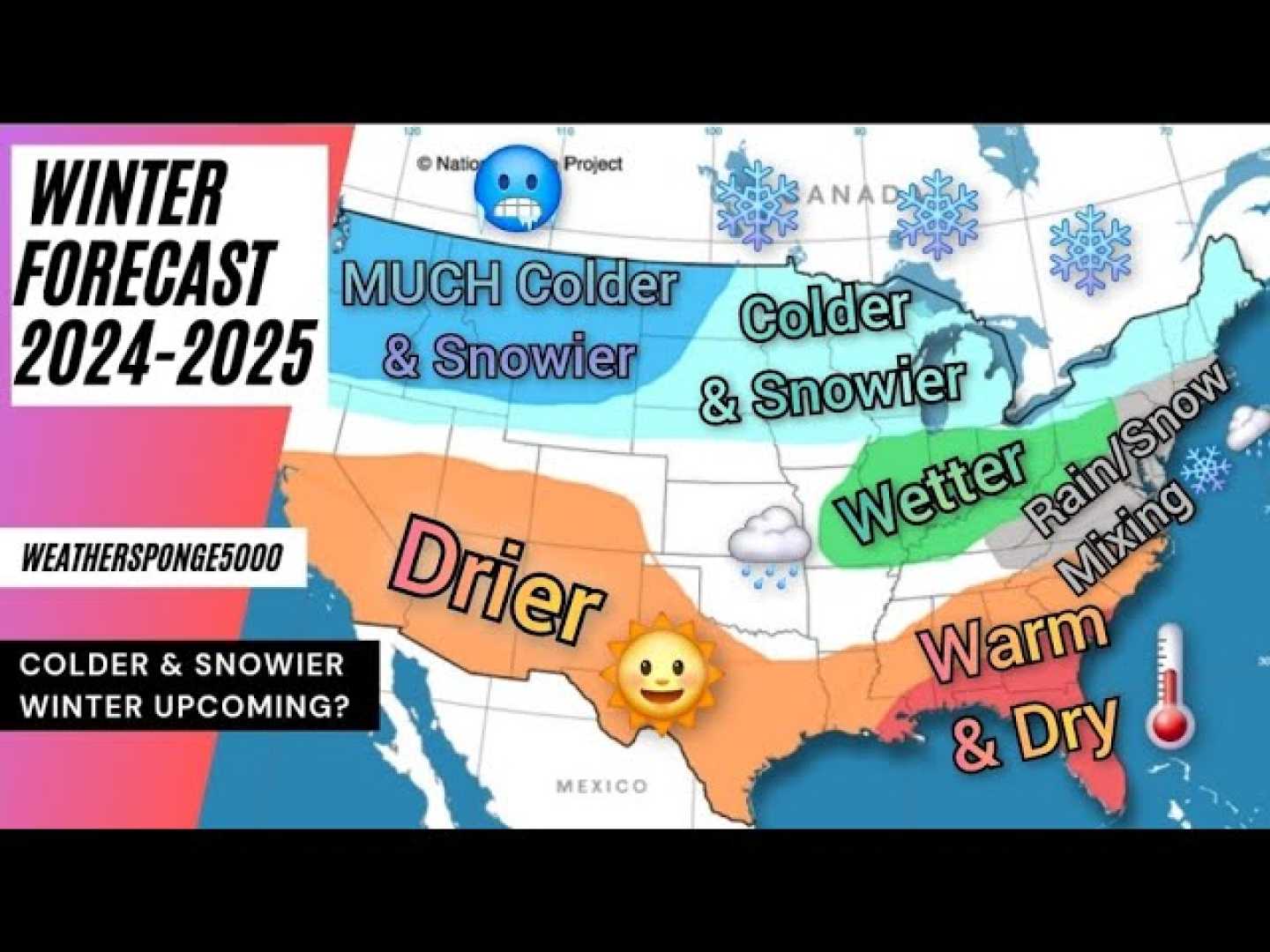News
U.S. Winter Snow Forecast: What to Expect This Season

As the winter season approaches, weather forecasters are providing insights into what the United States can expect in terms of snowfall. According to the latest predictions from the National Oceanic and Atmospheric Administration (NOAA) and the Washington Post‘s Climate Lab, most of the country is likely to see less snow than usual this winter.
The Washington Post’s Climate Lab forecast indicates that the majority of the U.S. will experience meager snowfall, continuing a decades-long trend of decreasing snowfall. The forecast map shows that most states will receive less snow than the average from 1993 to 2016. However, there are some exceptions, with areas such as Washington, parts of Oregon, Montana, northern Idaho, the northwest corner of Wyoming, North Dakota, and the upper Great Lakes states predicted to receive more than usual snowfall.
The Pacific Northwest and the Great Lakes region are expected to see extra precipitation through February, while the South is likely to experience less than normal moisture. Alaska is clearly predicted to have a snowy winter, aligning with typical patterns associated with a slow-developing La Niña, which tends to bring more precipitation to northern regions.
In terms of temperatures, NOAA predicts that the northern High Plains and areas up north will be colder than usual, while the southern regions, including the Gulf Coast and eastern seaboard, will be warmer. Utah and Nevada are expected to be somewhat warmer than normal, but these areas are also in a ‘coin-flip’ territory, meaning they have equal chances of below-, near-, or above-average seasonal mean temperatures.
The forecast also highlights a county-by-county look at the snow forecast and historical trends. For example, Salt Lake County in Utah has seen a significant decrease in snowfall over the past 60 years, with an average of 67.2 inches per year from 1964 to 1993 dropping to 56.9 inches per year from 1994 to 2023).












